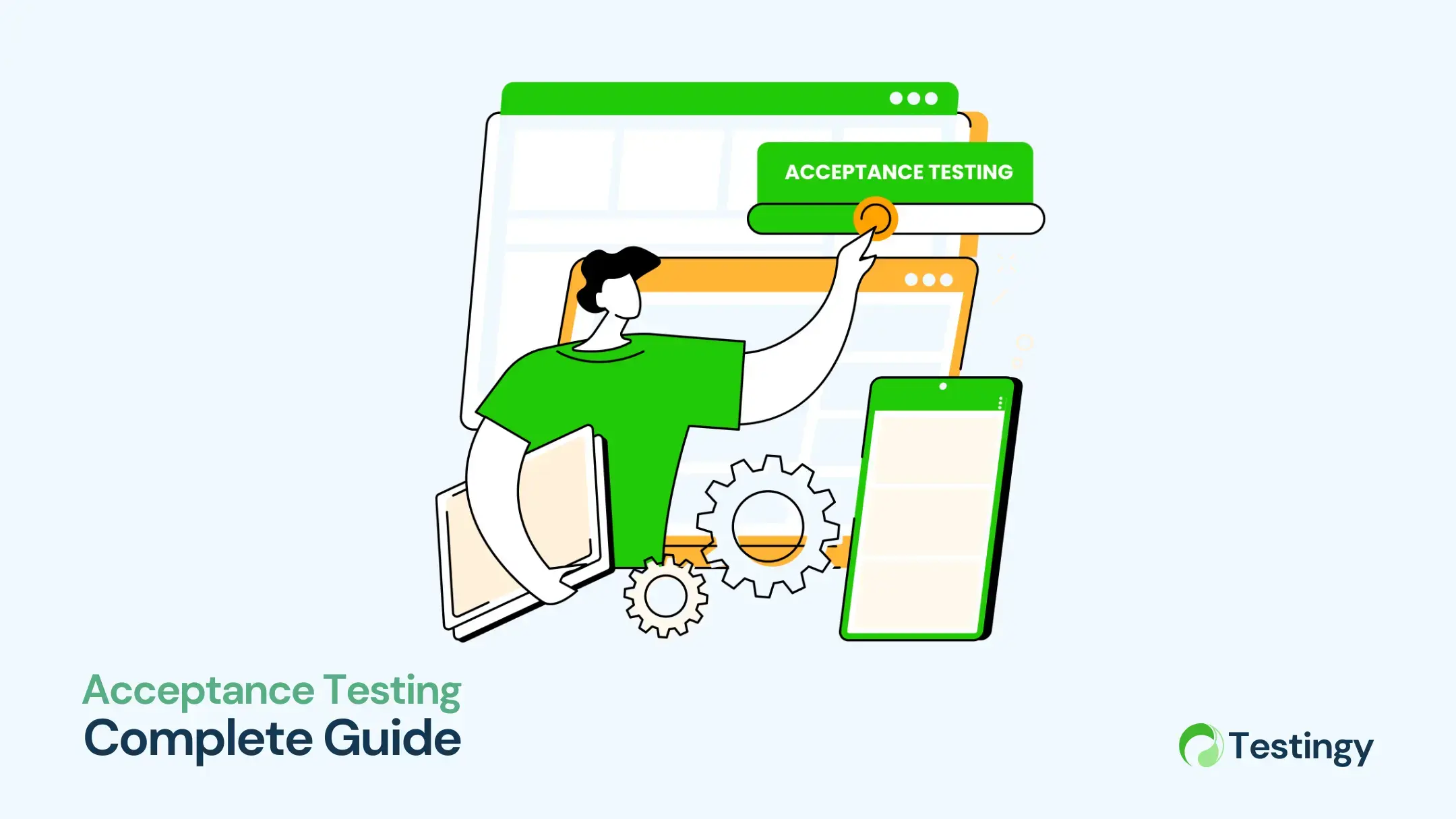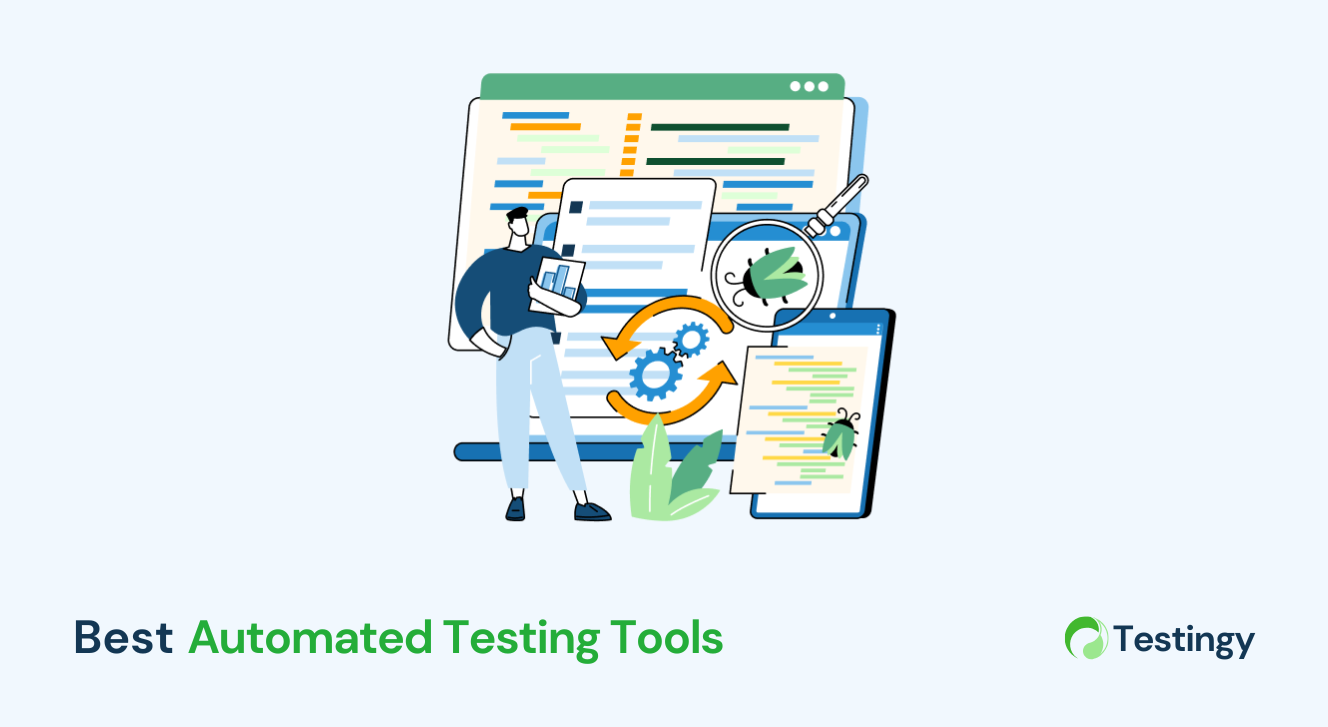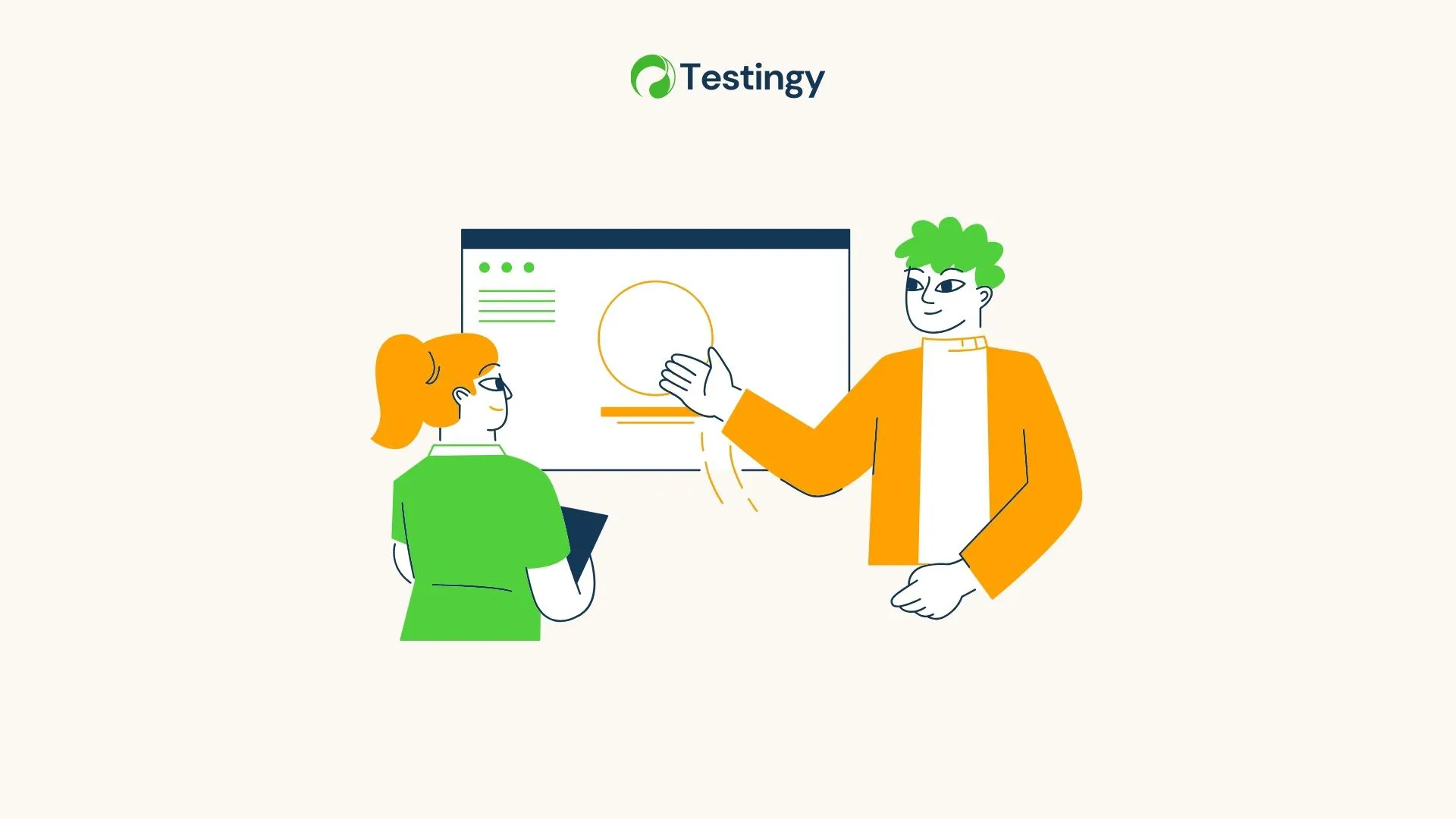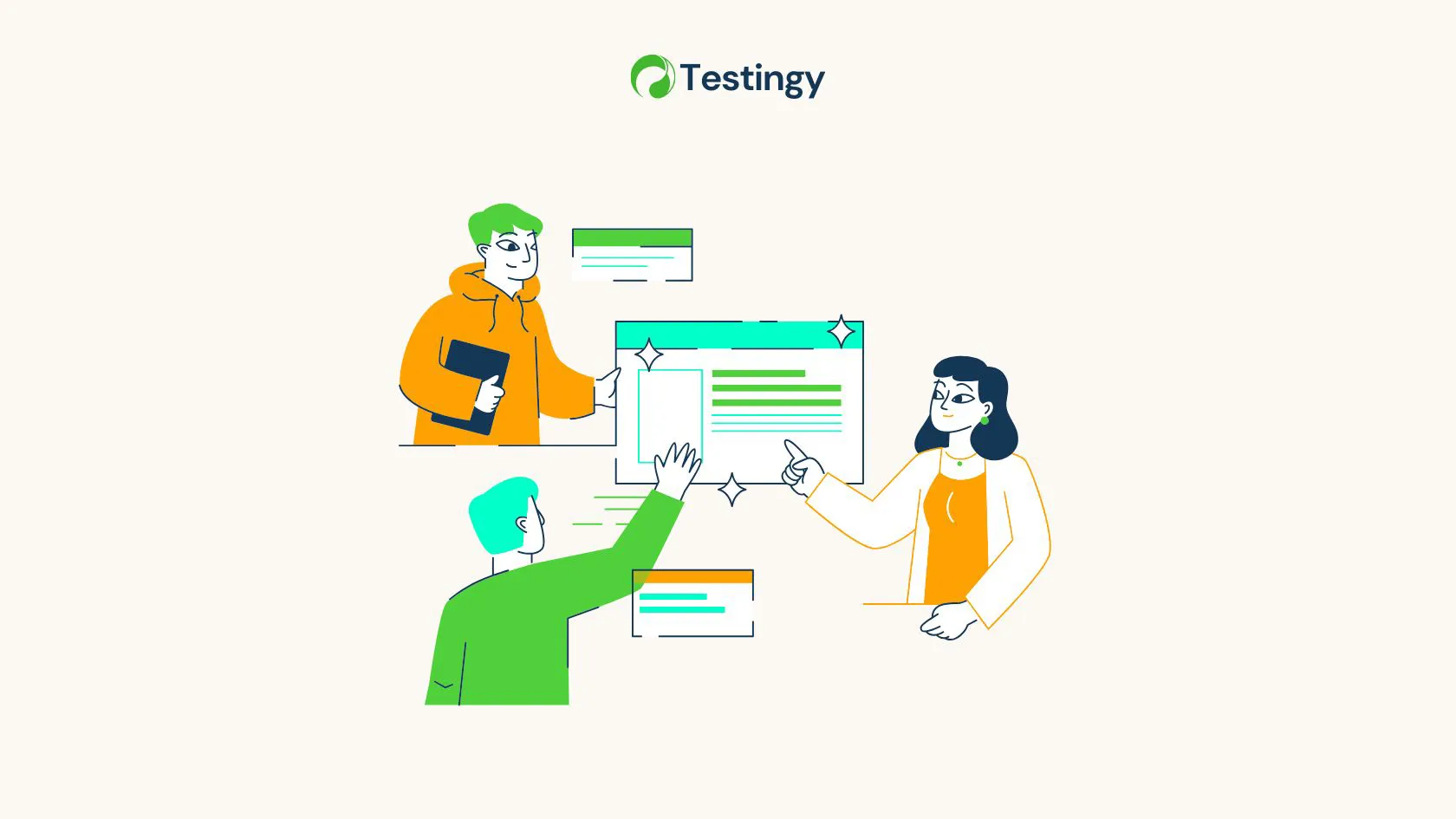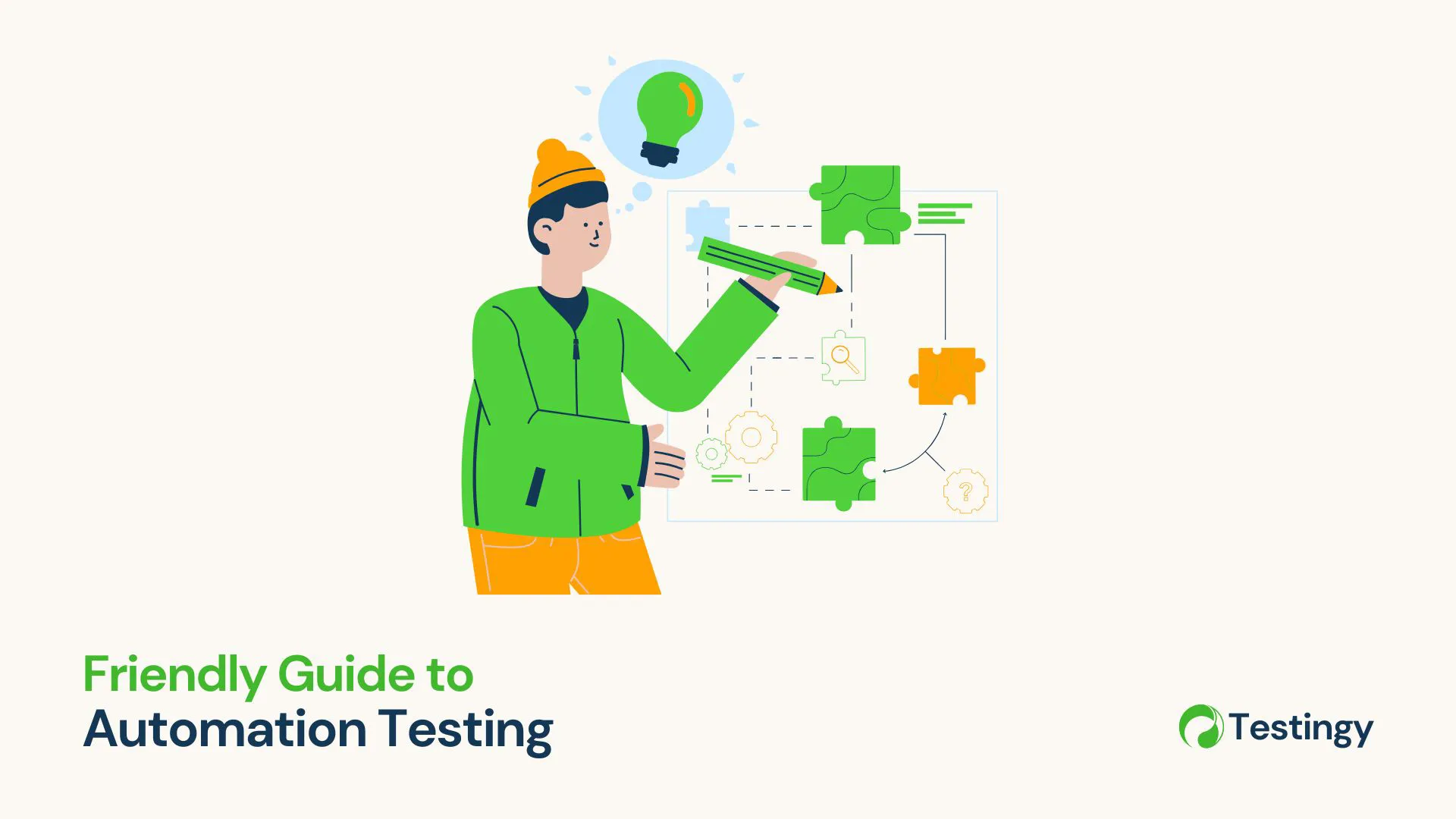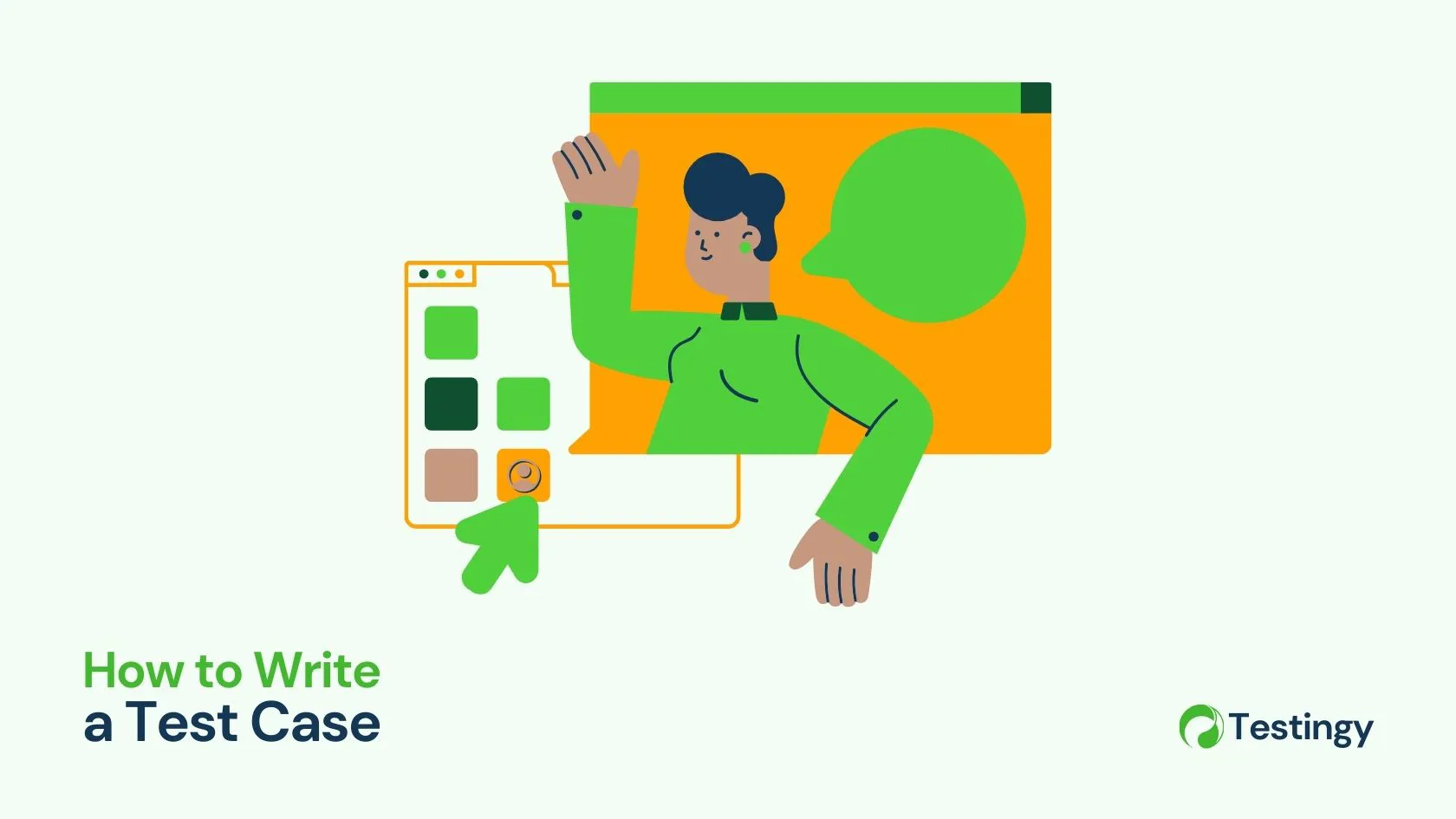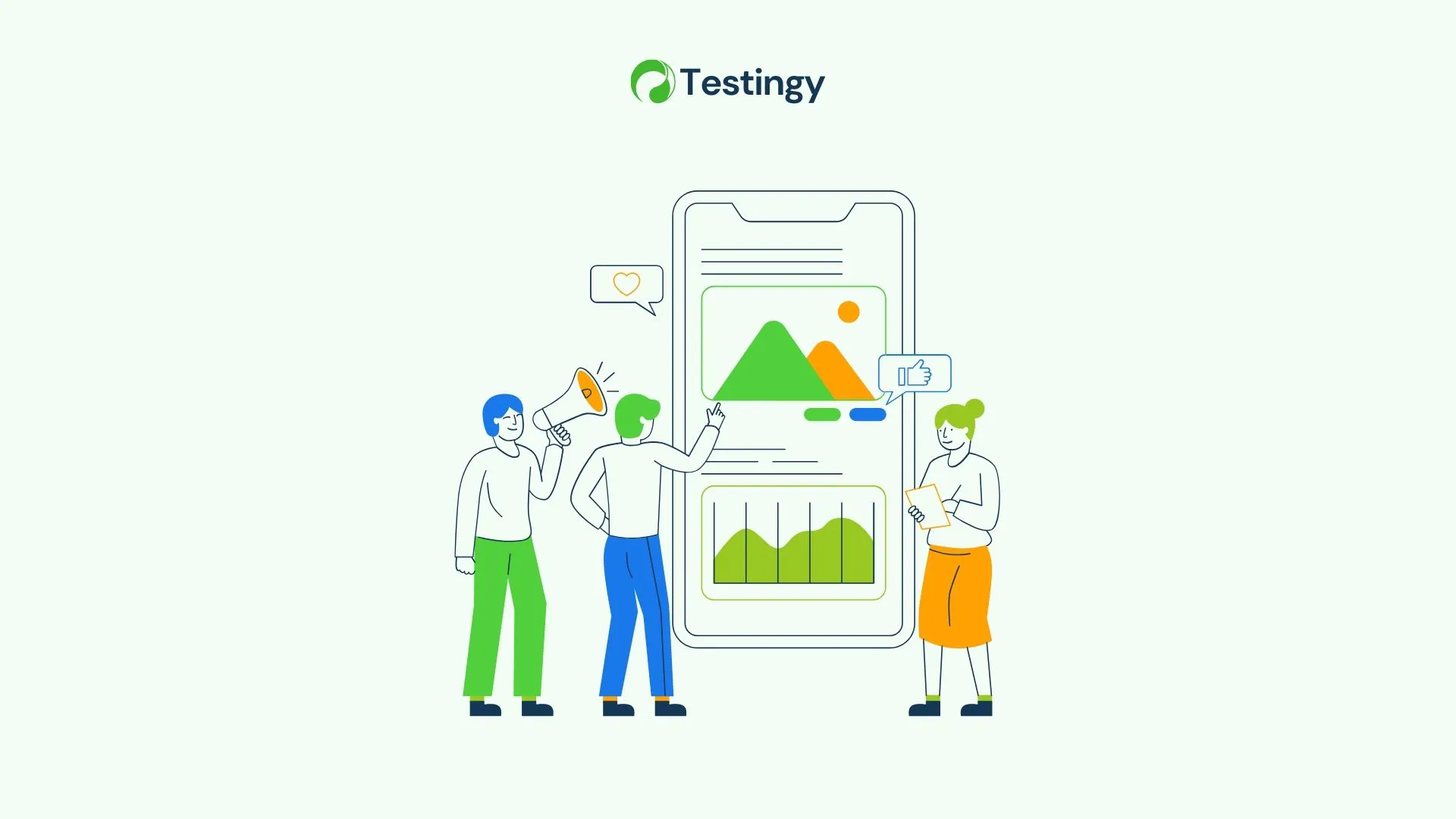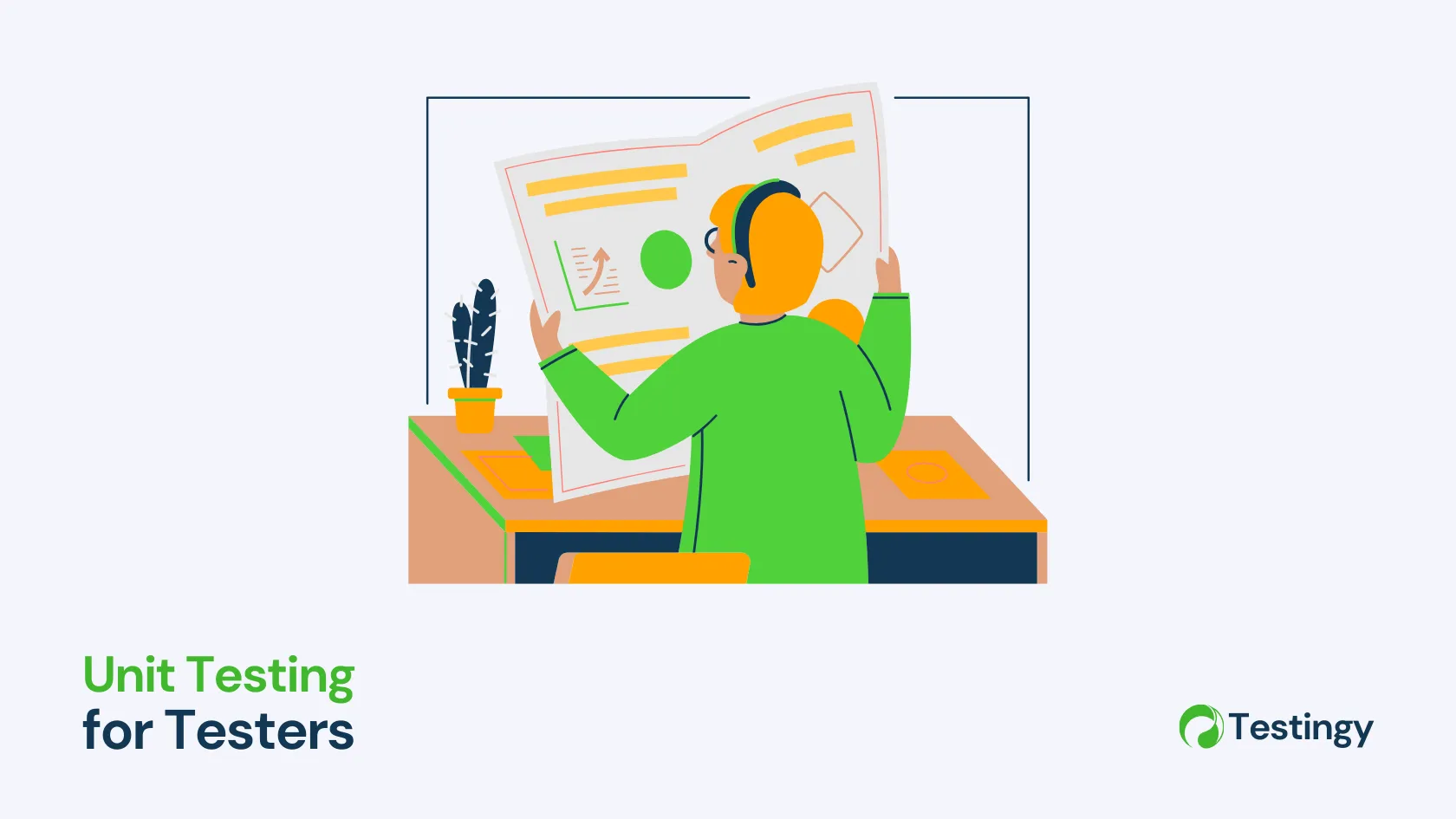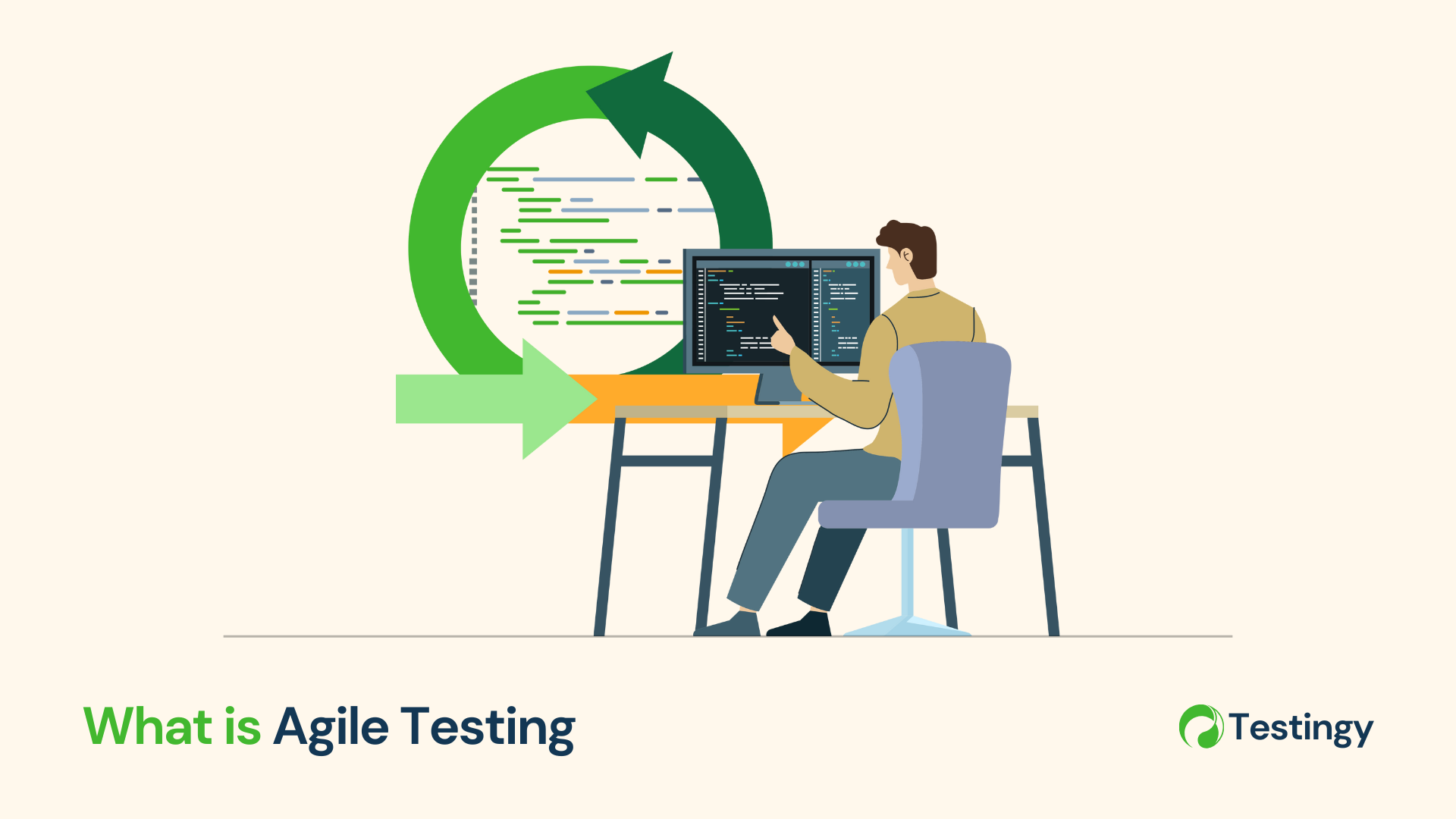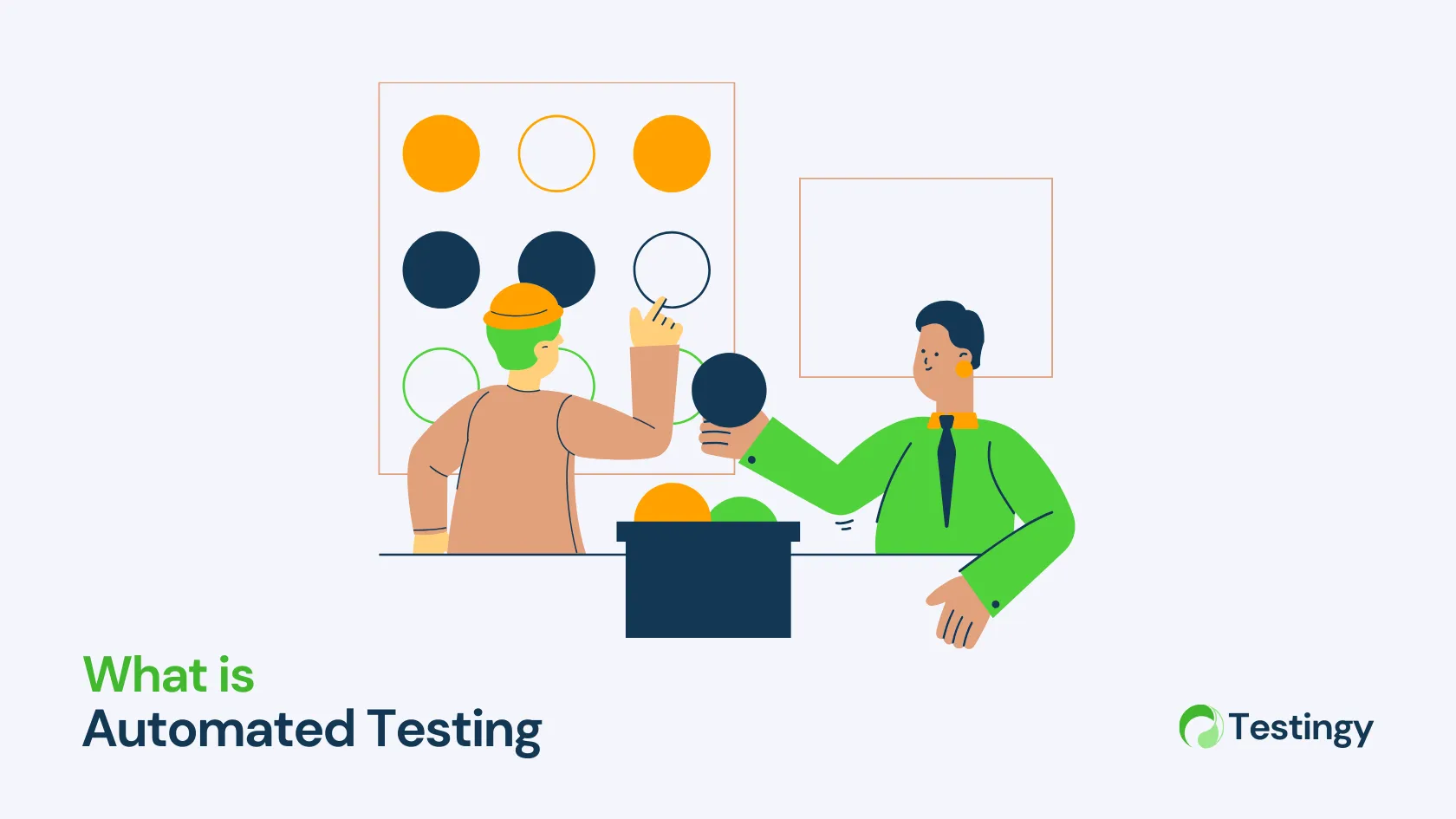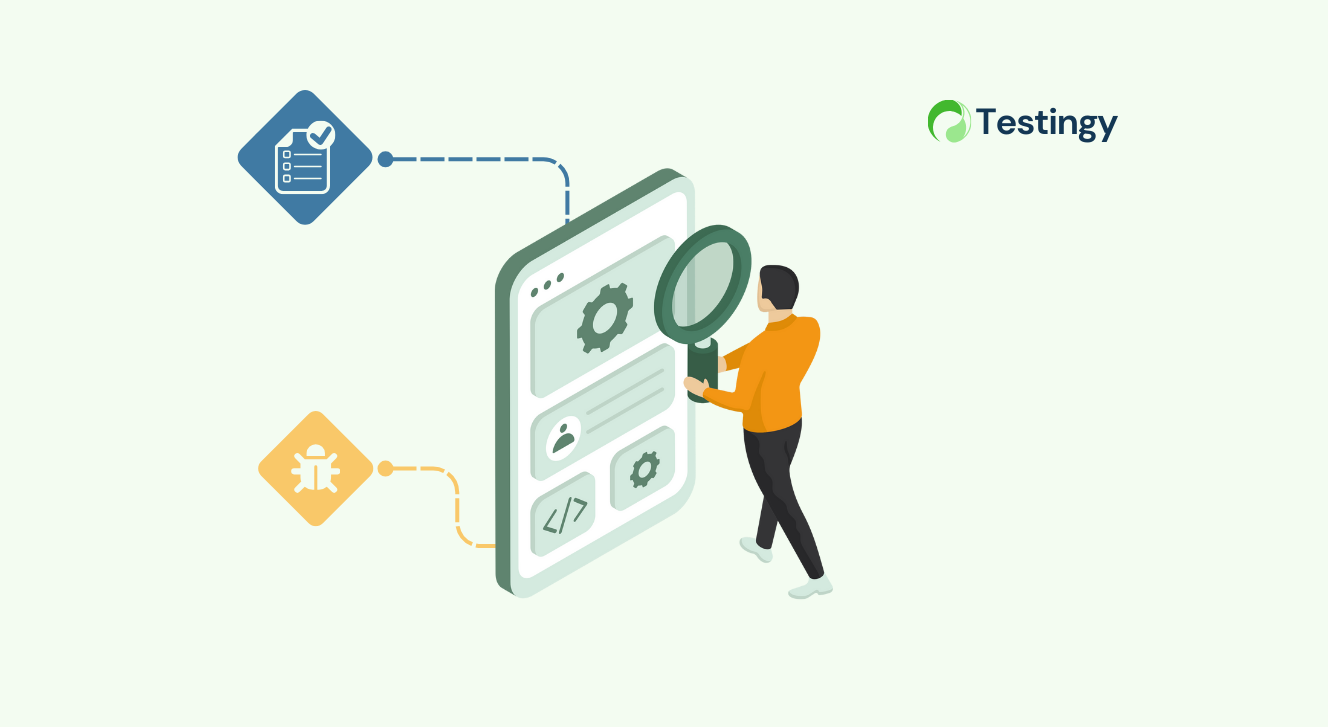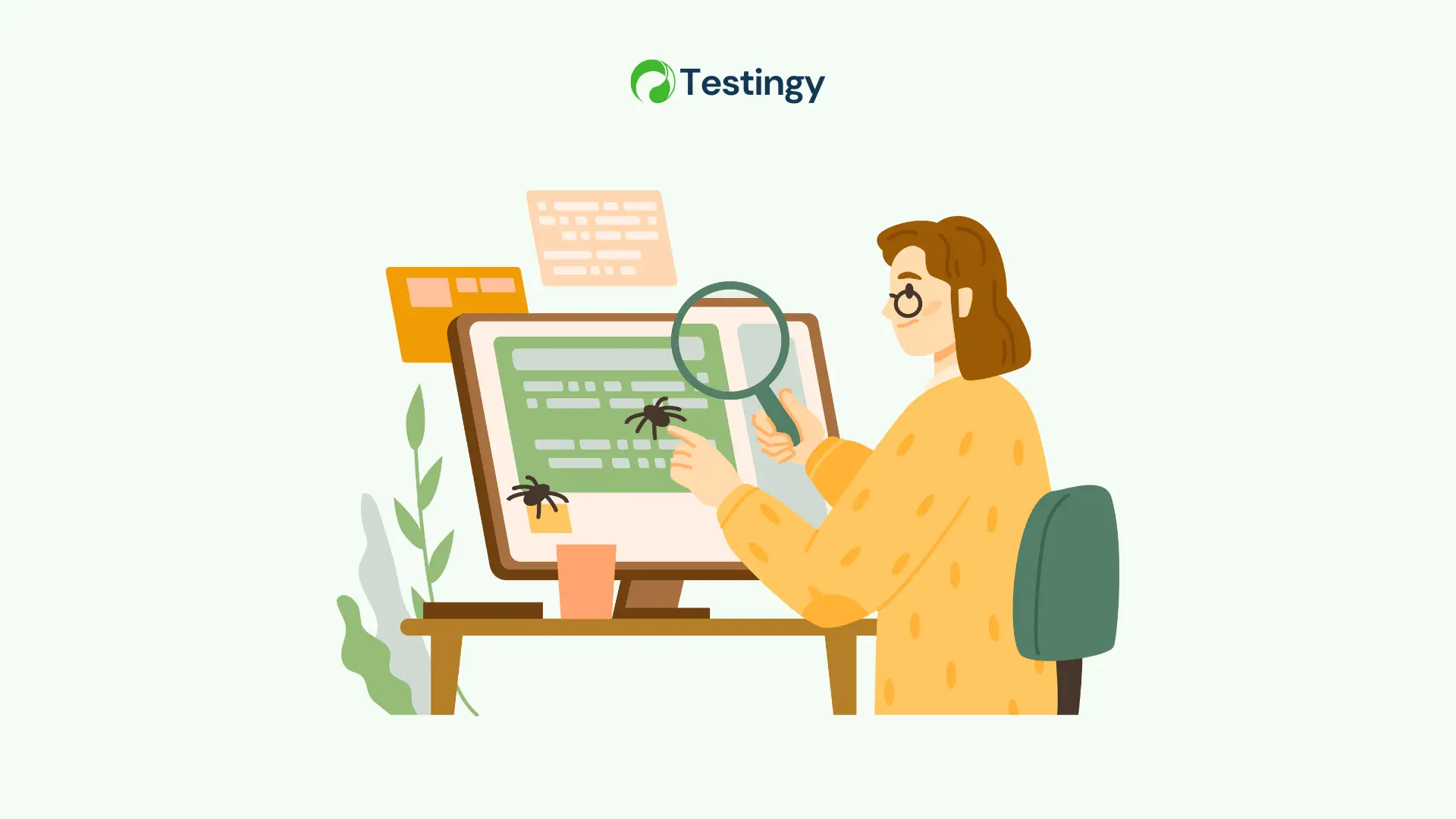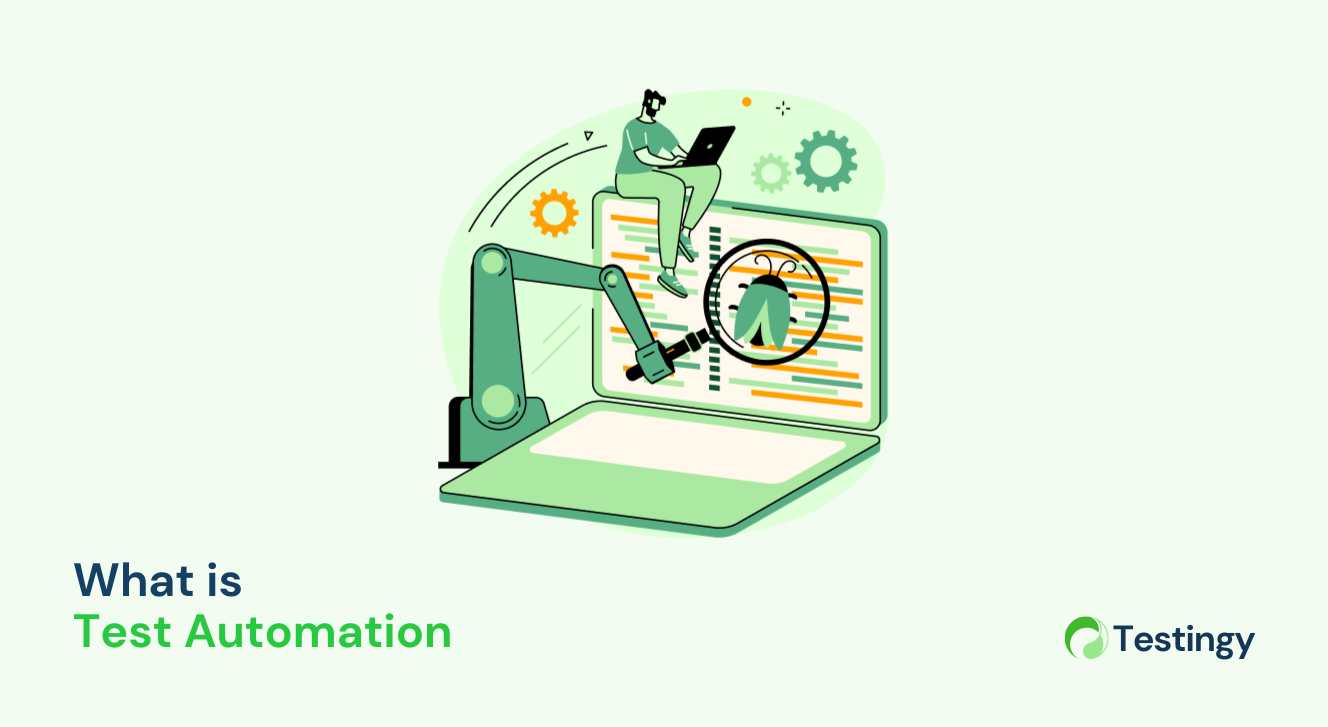Imagine launching a brand-new app or feature—everything looks great, no bugs in sight, and the dev team is feeling confident. But the moment real users get their hands on it… chaos. Buttons don’t do what they’re supposed to, workflows feel off, and everyone’s asking, “Was this even tested?”
That’s exactly what User Acceptance Testing (UAT) is here to prevent.
UAT is that final, critical step before software goes live. It’s where actual users—not developers, not testers—take the wheel and make sure the product works for real-world tasks, not just in theory. It’s less about "Does the code run?" and more about "Can I actually use this to do my job?"
What is User Acceptance Testing (UAT)?
User Acceptance Testing (UAT) is the final checkpoint in the software development process where real users (or people who speak for them) get to take the product for a spin and make sure it actually does what it’s supposed to.
Think of it like building a spaceship: the engineers made sure it flies, the QA team made sure it doesn't fall apart, but UAT is where someone finally asks, "Hey, can we actually live in this thing?"
If UAT goes well, users give the thumbs-up, and the product is ready for launch. If not, it’s a sign that something’s missing—and it’s way better to find that out before customers start filing support tickets.
In short, UAT makes sure the product’s not just functional—it’s actually useful.
Why is User Acceptance Testing Important?
User Acceptance Testing isn’t just a checkbox on the project plan—it’s a crucial part of delivering a product that actually works for real users. Here’s why UAT matters:
- It tests real-world usability. It answers: does this software actually make sense for someone using it day-to-day?
- It confirms business requirements. Does it do what it was built to do, based on the goals you originally set?
- It finds hidden problems. No matter how good your QA team is, some issues only show up when people use the system like they would in real life.
- It saves time, money, and headaches. Catching a bug now is a whole lot easier (and cheaper) than fixing it after go-live.
- It boosts confidence. Getting users involved at this stage helps build trust and makes adoption smoother later.
- It’s your final checkpoint. UAT is the last chance to say, “Are we really ready for this?”
Who performs User Acceptance Testing?
User Acceptance Testing is usually carried out by end-users or business representatives—the people who will actually use the software in real life. They are best suited for this kind of testing because they know exactly how the system should behave during daily tasks, and if something’s off, they’ll spot it instantly.
Along with these real users, internal functional experts—such as business analysts, QA coordinators, or product owners—play supporting roles. However, the core of UAT belongs to those using the system day in and day out. Their feedback ultimately decides whether the product is polished enough for launch.
How does UAT Work? Steps to get it done
User Acceptance Testing might sound intimidating, but it follows a pretty straightforward flow once you break it down. The goal is simple: make sure the software does what it’s supposed to do—for the people who actually use it.
Here’s how you get there, step by step:
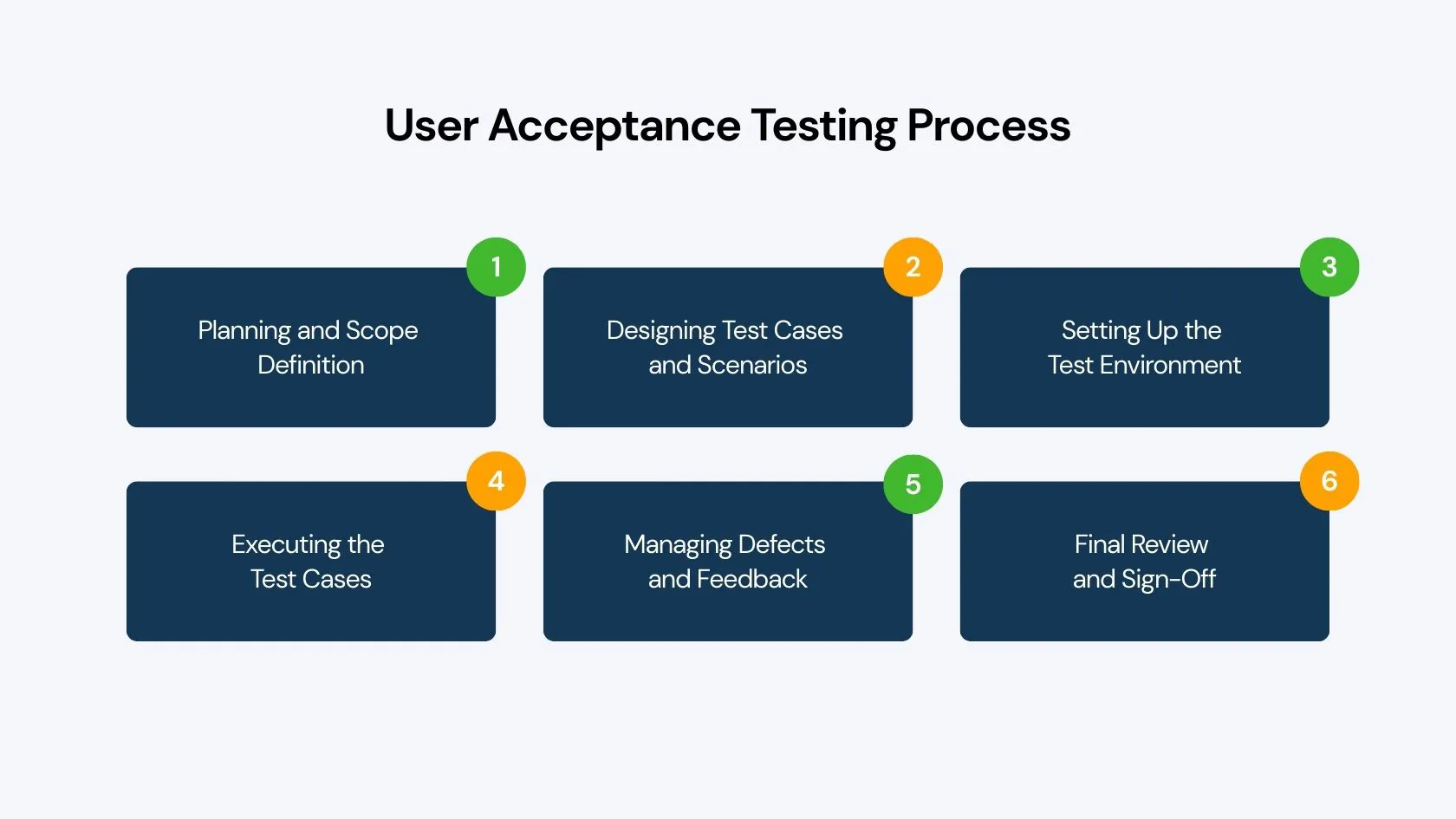
1. Planning and Scope Definition
Before jumping into testing, you need a plan. Start by identifying what exactly needs to be tested—features, functions, or specific user processes.
Next, figure out who’s going to do the testing. Choose end users or business reps who really understand how the system will be used in daily operations.
This phase also includes setting timelines, responsibilities, and deciding what counts as “success.” Think of it as laying the foundation—get this part right, and the rest becomes way easier.
2. Designing Test Cases and Scenarios
Now that you know what to test, it’s time to design test cases that mimic real-life situations.
Instead of just checking if a button works, you’re asking: Can someone actually complete a full task the way they would at work? Each test case should have clear steps, expected results, and any data or setup needed beforehand.
The more realistic these scenarios are, the more useful the feedback will be.
3. Setting Up the Test Environment
This is where the magic happens—behind the scenes. You’ll need a dedicated UAT environment that closely matches your production setup.
That includes installing the latest software build, loading sample data, setting up user permissions, and making sure everything runs smoothly.
If this step is rushed or skipped, you might get inaccurate results that don’t reflect the real user experience.
4. Executing the Test Cases
Now it’s time for your users to roll up their sleeves and try things out. They'll run through each test case just like they would in their everyday job.
Encourage them to take notes, report bugs, and share honest feedback. Sometimes they’ll find a bug, and other times they’ll just say, “This is too confusing.”
Both types of feedback are equally valuable.
5. Managing Defects and Feedback
As issues pop up, you’ll need a system in place to capture them—whether it’s a simple spreadsheet or a full-blown bug tracker.
Label the issues by severity (minor annoyance or show-stopper?) and keep communication open between testers and developers. Once fixes are made, testers can go back and retest.
This step is less about finding problems and more about solving them effectively.
6. Final Review and Sign-Off
After all test cases are complete and the critical bugs have been squashed, it’s time to review the results.
Compare them with the original goals set during planning. If everything looks good and users are happy, it’s sign-off time.
This final approval means the product is ready for launch—and everyone can breathe a little easier knowing it’s been validated by the people who matter most.
And that's it!
User Acceptance Testing isn’t just a box to tick—it’s your final reality check. If something’s going to go wrong in the hands of real users, this is your best chance to catch it before it hits production. Nail these steps, and you’re setting your product up for a much smoother rollout.
What’s an Example of UAT?
Let’s say a company is rolling out a new payroll system. The developers and QA team have tested everything: tax calculations, login security, data exports—you name it. But before they launch, they hand it off to the HR team for User Acceptance Testing.
During UAT, an HR employee runs through a real monthly payroll cycle. They add new hires, adjust bonuses, apply tax rules, and generate reports just like they would in a normal month. Along the way, they notice that the report exports aren’t sorting employee names correctly, and the bonus entry screen is missing a field.
Boom! Those are real-world issues that no automated test or developer would likely catch. That’s the power of UAT: it puts the system in the hands of actual users doing actual work, revealing the final tweaks needed before the big launch.
Types of User Acceptance Testing
Not all UAT is created equal. Depending on what you're building and who you're building it for, there are a few different flavors of User Acceptance Testing.
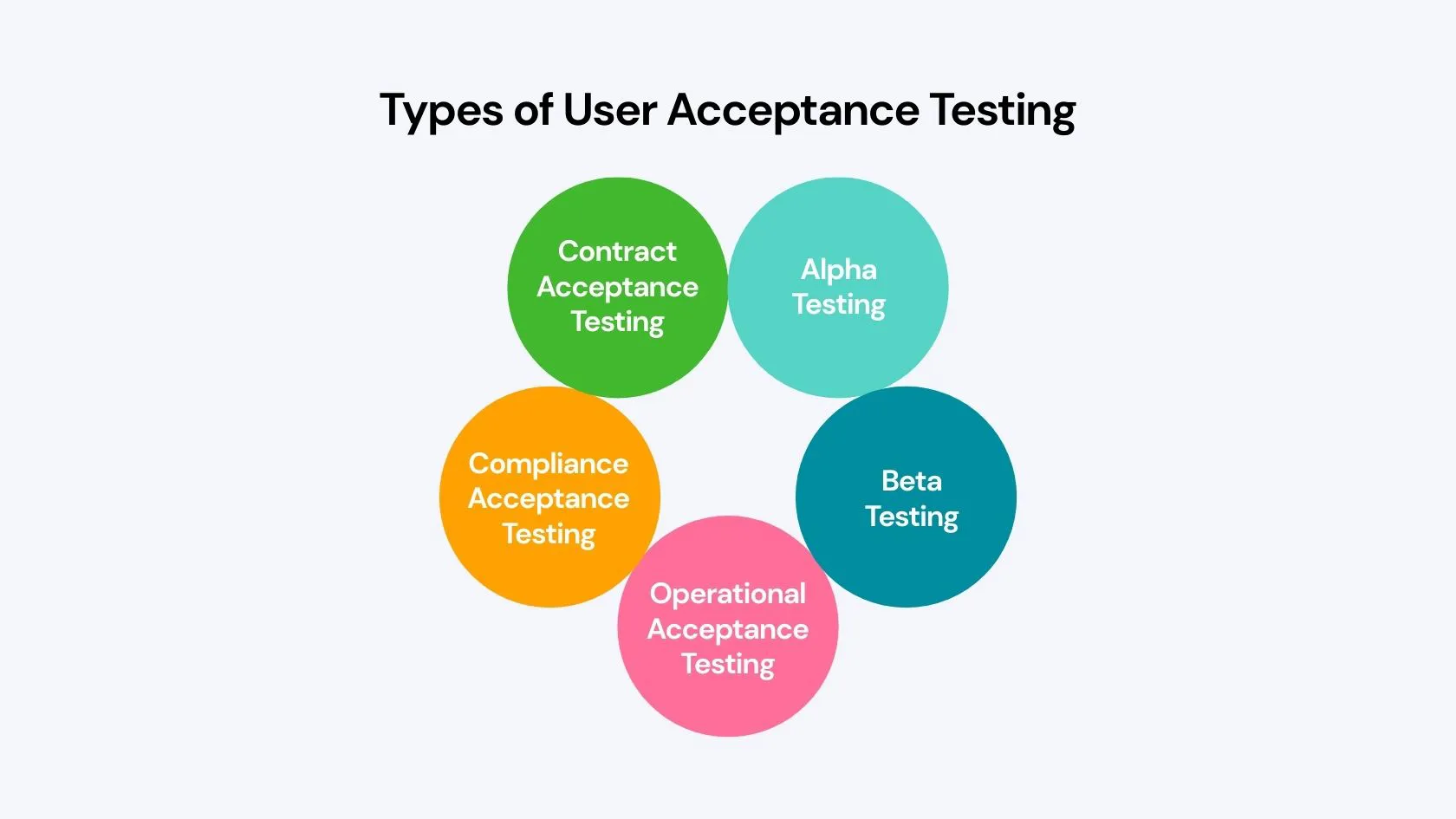
Read more: Acceptance Testing Explained: A Complete Guide for QA Teams
Alpha Testing
This is UAT that happens internally, usually within the organization that built the product. Real users (like employees or internal stakeholders) test the software in a controlled environment before it ever sees the light of day. It’s a chance to catch early issues while keeping everything in-house.
Beta Testing
Now we’re talking external users—usually customers or clients—testing the product in the real world. Beta testing gives you feedback from fresh eyes, in actual use cases, outside of the development bubble. It’s especially useful for catching unexpected behavior and getting real-world opinions before a full release.
Operational Acceptance Testing (OAT)
While not always lumped in with UAT, OAT focuses on the behind-the-scenes stuff—backup procedures, disaster recovery, user permissions, and system maintenance tasks. It's about checking whether IT and ops teams can support the software once it's live.
Regulation/Compliance Acceptance Testing
In industries like finance, healthcare, or anything government-related, you might need to test against legal or regulatory standards. This type of UAT ensures your product isn’t just functional—it’s compliant. (And yes, skipping this could land you in hot water.)
Contract Acceptance Testing
This happens when you’ve built a system under a contract that outlines specific requirements. UAT in this case is all about checking if you’ve delivered exactly what was promised. If it’s in the contract, it better work.
Each type of UAT serves a different purpose, but the goal is always the same: make sure the software works for the people who’ll actually be using it. Whether it’s tested in-house or out in the wild, UAT helps make sure your product is truly ready for launch - not just in theory, but in reality.
What Are UAT Acceptance Criteria?
Acceptance criteria are like the checklist for a road trip—ensuring you haven’t forgotten your snacks, your phone charger, or that all the main stops are covered. In UAT, these criteria specify what “good enough” looks like.
- Functionality: The product must perform all intended tasks correctly.
- Usability: The interface should be intuitive and easy to navigate.
- Performance: The system should respond quickly and handle load efficiently under typical usage conditions.
- Security: Data protection, user authentication, and authorization measures must be in place.
- Compliance: Especially important in regulated industries, the software must meet all legal and regulatory requirements, ensuring that it’s fit for its target market.
- Reliability & Stability: The product should operate consistently without crashes or unexpected behavior.
- Data Integrity: All data processed and stored by the software should remain accurate and consistent throughout various operations.
With these detailed criteria, everyone involved in UAT has a clear understanding of what “good enough” looks like before the product gets the green light.
Challenges You Might Face in UAT
User Acceptance Testing is critical—but it’s not without its hurdles. Here’s what to watch for:
- Limited User Engagement: Users are busy — getting them to test thoroughly can be tough.
- Unrealistic Scenarios: If tests don’t reflect real-life use, you’ll miss important feedback.
- Changing Requirements: If the business goal moves mid-test, everything else has to shift too.
- Environment Mismatches: If your test setup doesn’t match production, your results won’t be reliable.
- Communication Gaps: Misunderstandings can cause valuable feedback to get lost.
User Acceptance Testing Best Practices
Following a set of best practices can help make UAT a smoother and more effective process. Here are some tried-and-true tips:
- Involve Real Users Early: Engage actual end users or their business representatives from the beginning. Their insights are invaluable and help ensure the software meets real needs.
- Define Clear Objectives and Criteria: Establish detailed acceptance criteria and realistic test cases based on everyday tasks. Everyone should know what success looks like right from the start.
- Prepare a Robust Test Environment: Invest in setting up a UAT environment that closely mirrors production. This step minimizes surprises when the software is deployed live.
- Maintain Open Feedback Channels: Encourage testers to provide honest, detailed feedback. Use collaborative tools or regular check-ins to ensure that issues are communicated effectively and addressed promptly.
- Document Everything: Keep a clear record of test cases, issues encountered, and fixes applied. Not only does this aid in the current project, but it also builds a knowledge base for future UAT cycles.
Wrapping It Up
At the end of the day, User Acceptance Testing isn’t just a checkbox—it’s your safety net. It’s what helps you move from “it works on my machine” to “it works in real life.”
Sure, UAT can be tricky. Coordinating people, setting up environments, managing feedback—it takes some effort. But when done right, it pays off big time. Fewer surprises, smoother launches, and happier users.
So the next time you’re heading toward a release, don’t skip UAT. Embrace it, plan it well, and let your users tell you if you're truly ready to hit that launch button.
For a seamless UAT experience, consider Testingy—an All-in-One platform designed to simplify test management, boost real-time collaboration, and deliver actionable insights to ensure your software meets its users' expectations.
